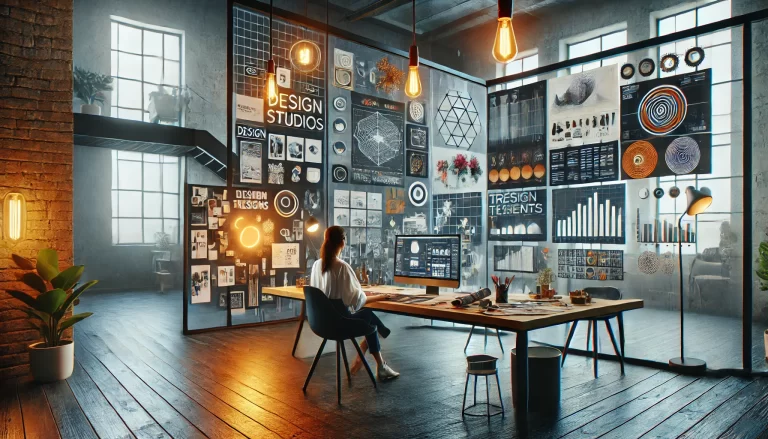Handling Client Expectations: Expert Advice for New Designers

Managing client expectations is one of the most critical skills for new designers. Clients often have specific visions, tight deadlines, and evolving requirements, making it essential to establish clear communication and realistic goals. Here’s a guide to help you navigate client relationships effectively and ensure project success.
1. Set Clear Expectations from the Start
The foundation of a successful designer-client relationship is transparency.
• Define the Scope: Clearly outline project deliverables, timelines, and revision policies in a written agreement.
• Discuss the Budget: Be upfront about pricing, including any additional costs for revisions or add-ons.
• Clarify Communication Methods: Decide how and when updates will be shared to avoid miscommunication.
2. Educate Clients on the Design Process
Many clients may not fully understand how design works, leading to unrealistic expectations.
• Explain Design Stages: Walk them through the concept, revision, and finalization phases.
• Set Realistic Timelines: Help them understand that quality design takes time.
• Provide References: Show case studies or similar past projects to manage expectations.
3. Establish Boundaries and Stick to Them
While it’s important to be flexible, setting boundaries prevents burnout and scope creep.
• Limit Revisions: Define how many revisions are included and charge for extra ones.
• Set Office Hours: Avoid last-minute or after-hours requests by maintaining professional working hours.
• Use Contracts: Written agreements help protect both parties from scope and payment issues.
4. Handle Feedback Professionally
Receiving feedback is an integral part of the design process.
• Encourage Constructive Criticism: Create an open environment where clients feel comfortable sharing their thoughts.
• Ask Specific Questions: If a client dislikes a design, ask what they’d like improved rather than starting from scratch.
• Educate on Design Principles: Explain why certain design choices are effective rather than just taking orders.
5. Manage Difficult Clients with Patience
Some clients can be demanding or indecisive, but handling them professionally is key.
• Stay Calm and Professional: Avoid emotional responses to criticism.
• Provide Solutions, Not Problems: Instead of saying “I can’t do that,” offer alternatives that align with their goals.
• Know When to Walk Away: If a client becomes too difficult, it may be best to part ways amicably.
6. Keep Clients Informed
Regular updates build trust and prevent misunderstandings.
• Send Progress Reports: Brief check-ins keep clients involved without overwhelming them.
• Use Visual Aids: Mockups, wireframes, and prototypes help clients visualize progress.
• Set Milestones: Breaking the project into phases makes it easier for clients to follow along.
7. End the Project on a Positive Note
A well-handled project can lead to repeat business and referrals.
• Deliver Final Files Professionally: Provide organized files and clear instructions for use.
• Request Testimonials: Positive reviews can help attract future clients.
• Follow Up: Checking in after project completion shows you value the client relationship.
Conclusion
Managing client expectations is a skill that takes time and experience to master. By setting clear guidelines, educating clients, maintaining professional boundaries, and handling feedback with grace, new designers can build strong, lasting relationships. With these strategies, you’ll not only meet client expectations but exceed them, paving the way for a successful design career.






